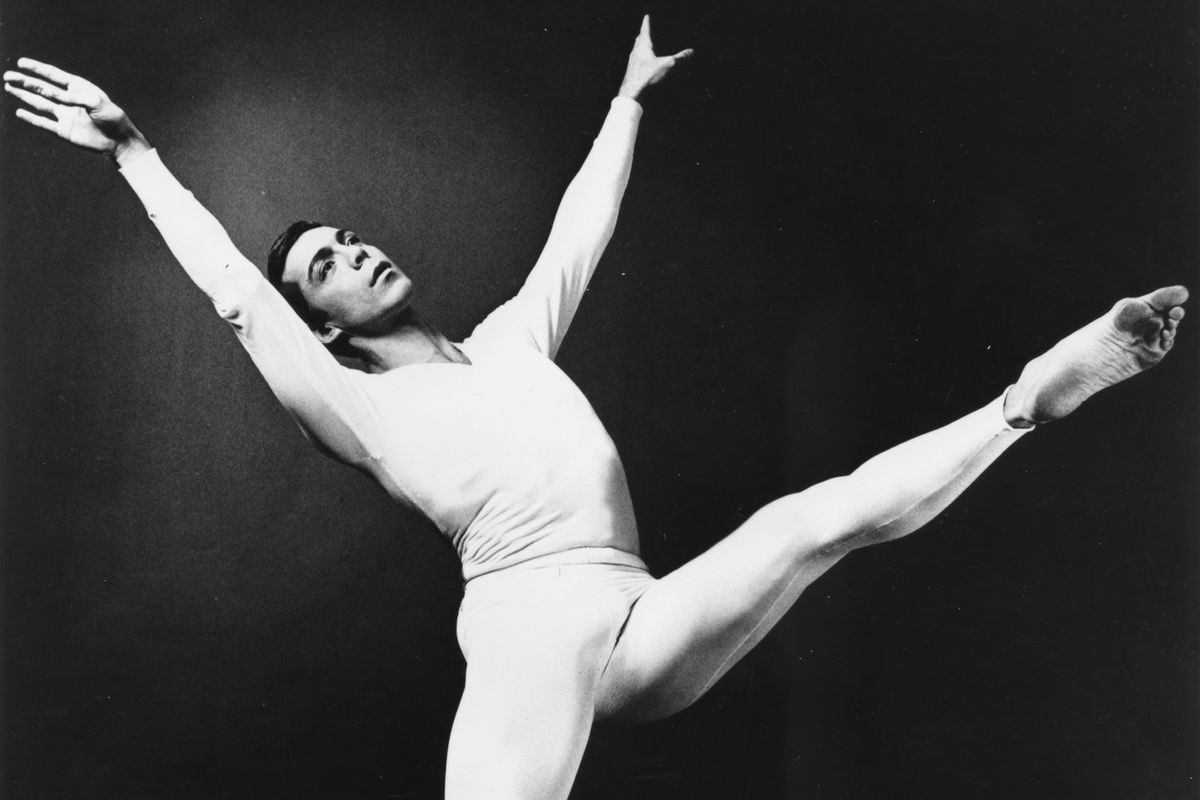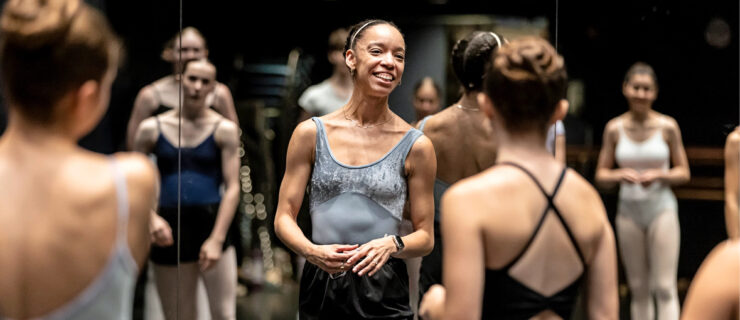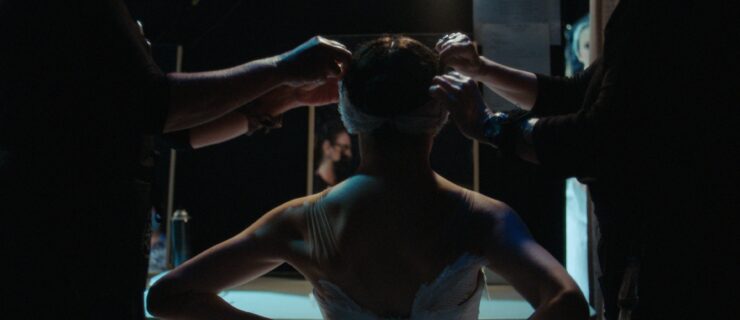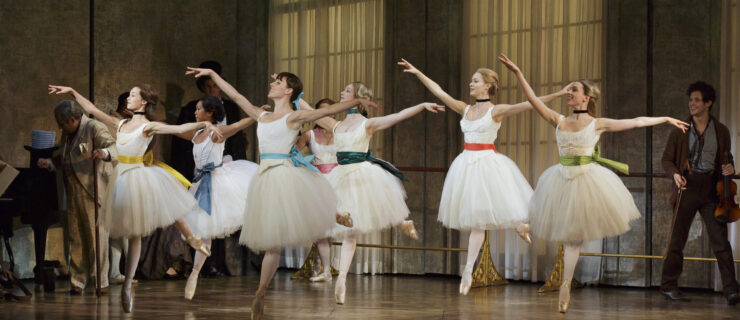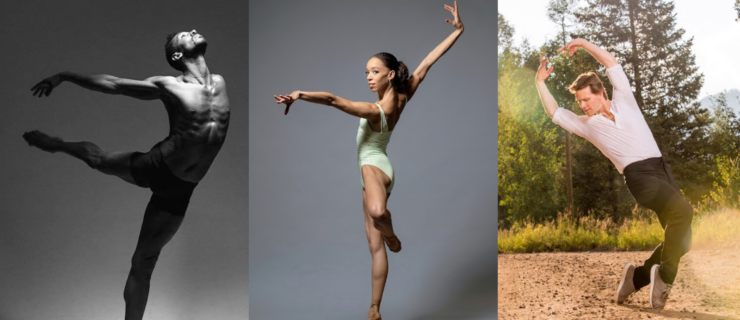#TBT: Remembering Choreographer Paul Taylor With "Aureole" (1962)
Legendary choreographer Paul Taylor, whose illustrious career spanned seven decades, passed away yesterday in New York City at age 88.
Originally from the Washington, D.C. area, Taylor discovered dance relatively late in life, while in college at Syracuse University on a swimming scholarship. He then transferred to the Juilliard School, and in 1954 began to choreograph. In 1955 he joined the Martha Graham Dance Company. Taylor first stirred the dance world in 1957 with Seven New Dances. The piece was composed entirely of long sections of standing, sitting and pedestrian style walking across the stage. Audience members were outraged; critic Louis Horst famously published a blank review in The Dance Observer in response. Since 1954, Taylor has choreographed 146 dances.
Despite his postmodern roots, Taylor quickly found favor with ballet companies. In 1959, George Balanchine invited him to be a guest artist with New York City Ballet for the creation of Episodes, a two-part work that he and Graham were co-creating. Balanchine’s section included a solo made on Taylor, which the New York Times described as “disturbingly complex” when NYCB revived it in 1986. (Today, only Balanchine’s section of Episodes, sans solo, is performed.) And some of Taylor’s most loved works, including Airs, Company B, Black Tuesday, Aureole and Sunset are frequently performed by major ballet companies including American Ballet Theatre, Miami City Ballet and Royal Danish Ballet.
Aureole,
created in 1962, was Taylor’s first major success. Set to baroque music by George Frideric Handel, the work marks Taylor’s departure from contemporary composers. Aureole showcases Taylor’s trademark style of athletic, often idiosyncratic movement steeped in both ballet and modern techniques. In the above video, Rudolf Nureyev and artists of the Royal Danish Ballet dance an excerpt from the work filmed for television in 1978. Nureyev first performed the work four years earlier in New York as a guest star with the Paul Taylor Dance Company, in a role originally danced by Taylor himself. He’d been yearning to work with an American modern dance company, and his appearance helped to create crossover between ballet and modern audiences. Note the v-shaped arms, spiraling of the torso, loping jazzy runs, and humanness of the dancers in the above clip, all themes that occur in much of Taylor’s repertoire.
In 2014, Taylor started preparing his company for its next phase. The troupe’s annual Lincoln Center season took on a new title, Paul Taylor American Modern Dance, and started incorporating works by dancemakers other than Taylor. Other companies and artists were also brought in as guests. Most recently, the 2018 spring season included NYCB’s Sara Mearns performing solos by modern dance pioneer Isadora Duncan. In May, Taylor named longtime company member Michael Novak as his successor as artistic director, securing the foundation of his enterprise for the future. Taylor made an indelible impact in the dance world, and the ripples of his genius will be felt for years to come.
